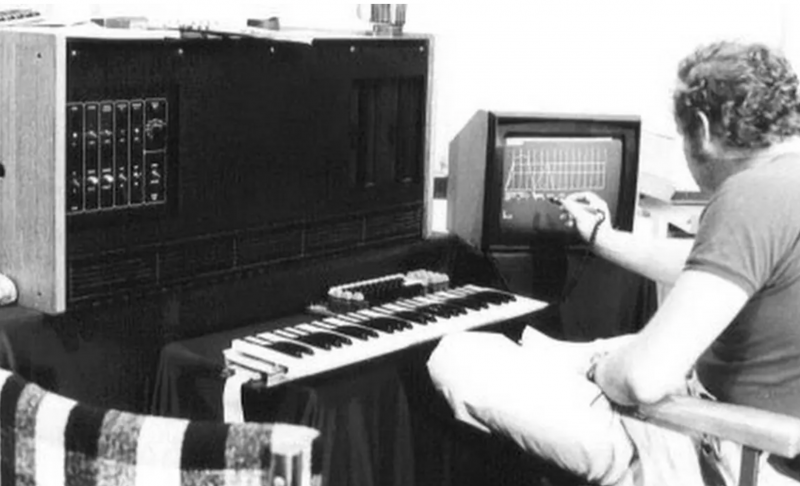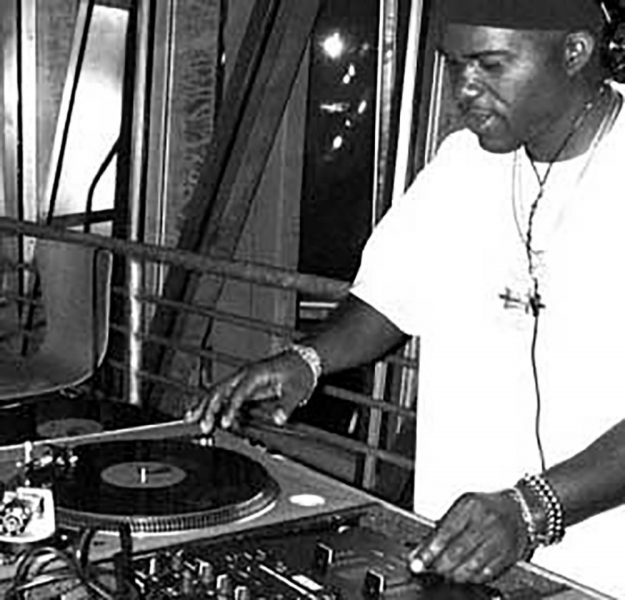Creativity and Misused Technology — The Future of Music and AI
Recent Posts

Recently, I’ve had some time to reflect on the history of new music technologies (sampling, synthesizers, turntables, etc.) and how they influenced the history of music itself.
A recurring motif in the history of music and technology I found was that artists used new technology in a way that is not intended by the original inventor of the technology, and it somehow led to new forms of expression. I am convinced that the history of music technology is histories of “misuse” and “misappropriation.”
‘The history of technology and music are histories of misappropriation, accident, and contingency precisely because of the way objects are used and misused in practice.”
Nick Prior, Software Sequencers and Cyborg Singers: Popular Music in the Digital Hypermodern. 2009, p. 86
For example, the world’s first sampler, Fairlight CMI, was intended to be cheap, high-quality imitations of existing instruments such as pianos and violins. Its inventors had definitely no idea that their brainchild would be used to sample the noise of a Mcdonald’s paper bag or the sound of a pig being slaughtered, let alone the drum sounds of existing records.
How about music and AI technology?
New deep learning-based techniques for sound synthesis and melody generation (Jukebox, DDSP, Music Transformer..) are rapidly emerging at the research level. These technologies are, of course, valuable and super exciting in themselves. Still, to be honest, I don’t feel that they have led to new music expression (at least, not yet). In other words, they have not yet been misused. There is a vague hope that the frontiers of new AI technology will lead to new forms of music, but when it comes to actual musical expressions using these technologies, I still have the impression that there are not enough of them.
Recently, a student of my laboratory said to me, “I’m so busy following the latest papers that I don’t have time to work on my own creative expressions. What should I do?” I couldn’t give a good answer at the time, but my answer now is that it is better to stop chasing the cutting edge and think hard about how to misuse the technology that has become a little outdated (and maybe more mature). (Gunpei Yokoi, who created Nintendo Game&Watch and Game Boy, famously emphasized the importance of “Lateral Thinking with Withered Technology.”)
On the other hand, there may be a tendency among researchers and engineers to make light of those who engage in the technology without technical background knowledge. However, even if you don’t understand the exact mechanism of the Transformer or the meaning of KL Divergence, you should be able to work on new expressions using AI. In fact, it is the history of music that such people have created new music.
For example, Africa Bambaata’s “Planet Rock” is a song that greatly influenced later dance music, including hip-hop and techno. It was also one of the first commercial hit songs that used a sampler. But Bambaata did not know how to sample(=record) with his sampler, Fairlight CMI(!), in fact. So he had no choice but to use the pre-recorded sample library that came on the floppy disk that came with the sampler when he bought it (one of those sounds he used was the “orchestral hit,” the iconic sound of the 80s).
Well, considering that Edison invented the record mainly as a recording device for dictation, it’s safe to say that the whole “music industry” is based on a “misappropriation” of new technology. I’m sure Edison had no idea that people would love the noise made by moving the record back and forth.

I’m sure Edison had no idea that people would love the noise made by moving the record back and forth.
(Photo: Grand Wizzard Theodore)
So, here is my prediction: new musical expressions using AI will be originated by artists who either don’t know much about AI or those who understand AI and misuse it intentionally. Of course, I don’t mean to downplay the role of AI researchers, as there would be no Planet Rock without Fairlight; the people who develop the technology and the artists who misuse it should be complementary.
Even if you don’t understand the mechanism, you can work on new expressions using AI. Although I wrote that, in reality, you still need to at least know how to use Python and TensorFlow to do new experiments. In contrast, even if Bambaataa doesn’t know how to sample, he could still use Fairlight in his own way. As someone involved in research on AI and creative expressions, I want to provide tools that artists (including me) can misuse.
Because I know that only such tools will ultimately make essential differences.
Recent Posts
Featured Articles